Weathering the storms together
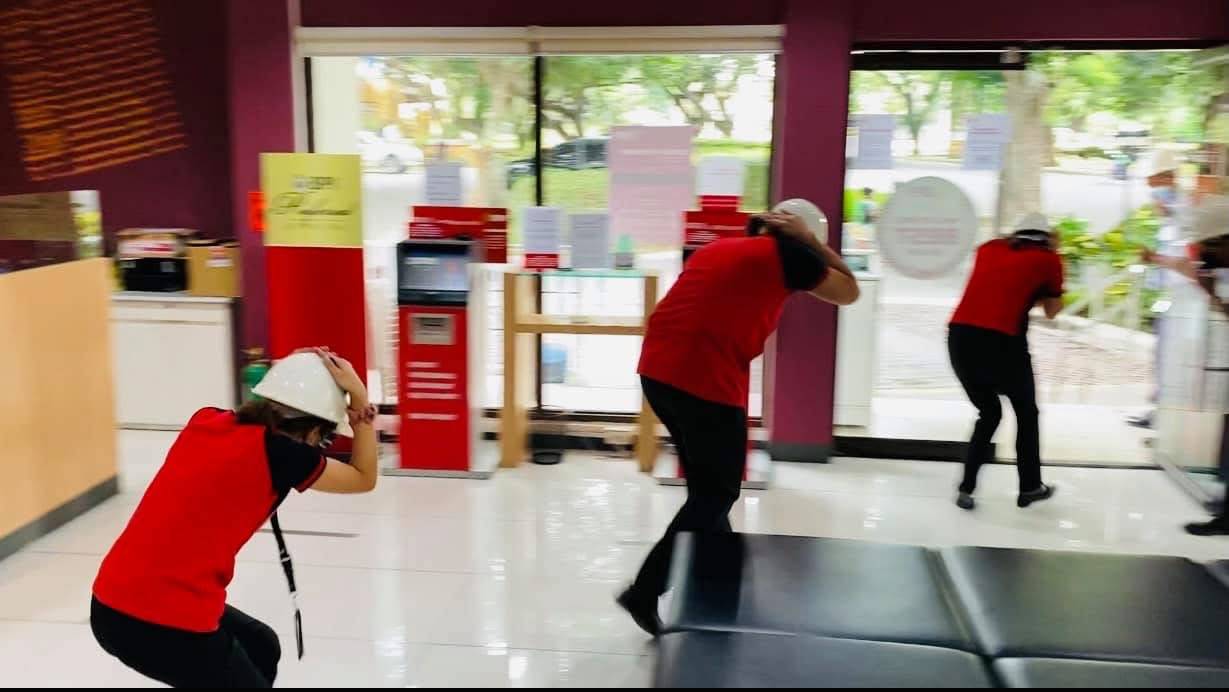
Ranked as the world’s most disaster-prone nation by the World Risk Index for 16 years straight, the Philippines’ geographic location makes it susceptible to typhoons, earthquakes and other hazards.
In early February, devastating floods struck the provinces of Palawan and Oriental Mindoro.
These floods were caused by a phenomenon known as a shear line, which refers to the convergence of cold and warm air masses resulting in significant rainfall.
Due to continuous rains, a number of barangays suffered from chest-high floods.
These alarming events bring to light questions about our country’s preparedness in facing and recovering from such events. As climate patterns intensify, so too does the urgency to enhance our disaster preparedness and resilience.
But while the immediate focus is often on disaster response, the pressing question is how to strengthen resilience before the next disaster hits.
This is where financing disaster risk reduction comes in.
DRR financing
Disaster risk reduction (DRR) financing—the allocation of funds aimed at reducing risks related to natural and man-made disasters—is a lifeline for vulnerable nations like the Philippines.
The World Bank’s Disaster Risk Financing and Insurance Program characterizes DRR financing as a proactive and cost-effective approach to financial planning in the face of disasters.
This comprehensive financing mechanism encompasses government budgets, insurance, international aid and private sector funding.
During the Asia-Pacific Ministerial Conference on Disaster Risk Reduction hosted by the Philippines last year, DRR financing was the central theme.
With over 4,000 delegates, the conference highlighted the need for greater private sector involvement to strengthen disaster resilience in the Asia-Pacific region.
At the event’s opening ceremony, President Marcos called for innovative financing and private sector investments to advance environmental, social and governance (ESG) goals. Environment Secretary Maria Antonia Yulo-Loyzaga reinforced this by emphasizing the importance of the private sector’s role in addressing DRR financing gaps.
Private sector engagement
Given these calls for private sector engagement in DRR financing, how should we respond? Private financial institutions have a pivotal role to play in providing solutions, such as loans, bonds and financing for projects for DRR.
In this regard, the Bank of the Philippine Islands (BPI) is committed to aligning its initiatives to the products and services mentioned above.
First, BPI has a unique sustainability formula known as ESG + E2. This formula goes beyond the traditional ESG factors because it recognizes the need to mitigate environmental and social impacts while ensuring that sustainability initiatives are economically beneficial (E2).
Another initiative is risk assessment. Since we are constantly faced with various natural disasters, risk assessment is vital for the safety of clients and businesses.
BPI incorporates risk assessment through HazardHunterPH. This is a tool developed by the Philippine Institute of Volcanology and Seismology to help identify vulnerabilities to natural hazards and guide clients on risk mitigation measures.
In addition, the bank supports the Paris Climate Agreement to promote sustainable energy. BPI became the first bank in the industry to launch a sustainable energy finance program with the International Finance Corp. in 2008.
In 2019, this was renamed Sustainable Development Finance to align with the United Nations Sustainable Development Goals.
Through this, we continue to offer sustainable finance solutions to businesses—from large corporations to small ones. We support projects for energy efficiency, renewable energy, climate resilience, sustainable agriculture, sustainable water and pollution control.
Furthermore, we are committed to zero out our exposure to coal power plants by 2032. As of end-2023, our coal power generation exposure is now down to 29 percent of our total power portfolio from 45 percent in 2020.
In addition, BPI’s financing for renewables has also grown and now comprises 59 percent of our total power generation mix as of end-2023. This is a significant increase from 45 percent in 2020.
Recognizing that disaster resilience requires a multistakeholder approach, BPI actively participates in initiatives that foster awareness and preparedness.
One example is the bank’s participation during an event organized by the National Academy of Science and Technology and The Outstanding Women in the Nation’s Service to commemorate the 10th anniversary of Supertyphoon “Yolanda.”
The event highlighted three aspects of disaster preparedness: assessing risk exposure to climate and nonclimate hazards, increasing awareness of location-specific risks and implementing solutions for risk mitigation and resilience. By engaging in such discussions, BPI reaffirms its dedication to strengthening community resilience against future disasters.
Participating in DRR initiatives and developing innovative financial solutions can help the private sector play an essential role in building the country’s disaster resilience. Our commitment to sustainable finance and practices demonstrates how financial institutions can contribute to a society that is better prepared to face the challenges of natural disasters.
Imperatives
For a vulnerable nation like the Philippines, private sector engagement to support DRR is not just a business matter—it is an economic, social and moral imperative.
Let us return to the problem at hand: What do we do in the face of continuous disasters?
We must commit to proactive and robust DRR financing, and we must continue to partner with the government to assist them through our resources and expertise. We also need to keep in mind that these disasters do not just lead to economic loss, but they also cost lives.
Hence, we must do all that we can, not just in the aftermath of disasters, but also in preventing and preparing for it.

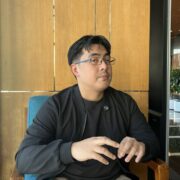
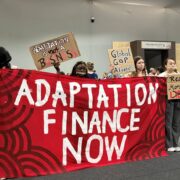

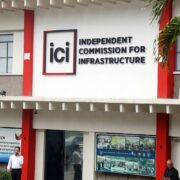


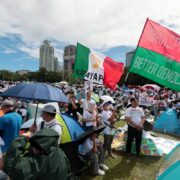
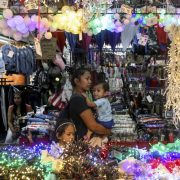

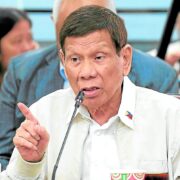
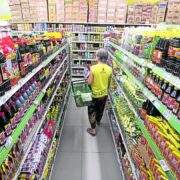


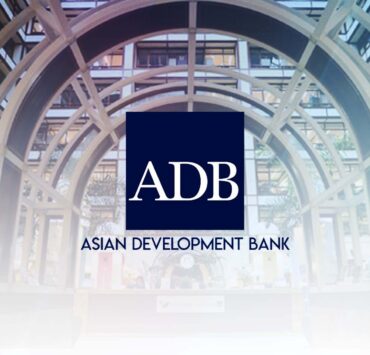

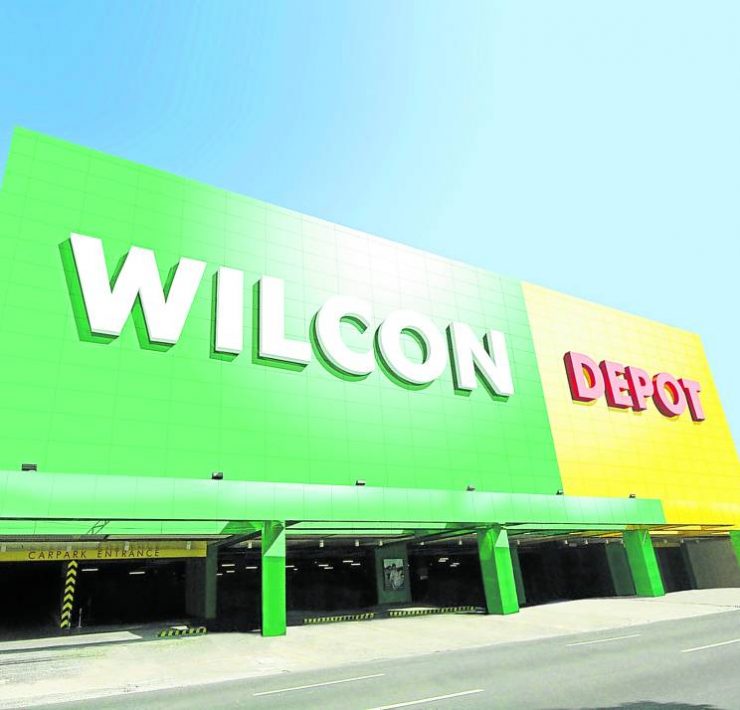
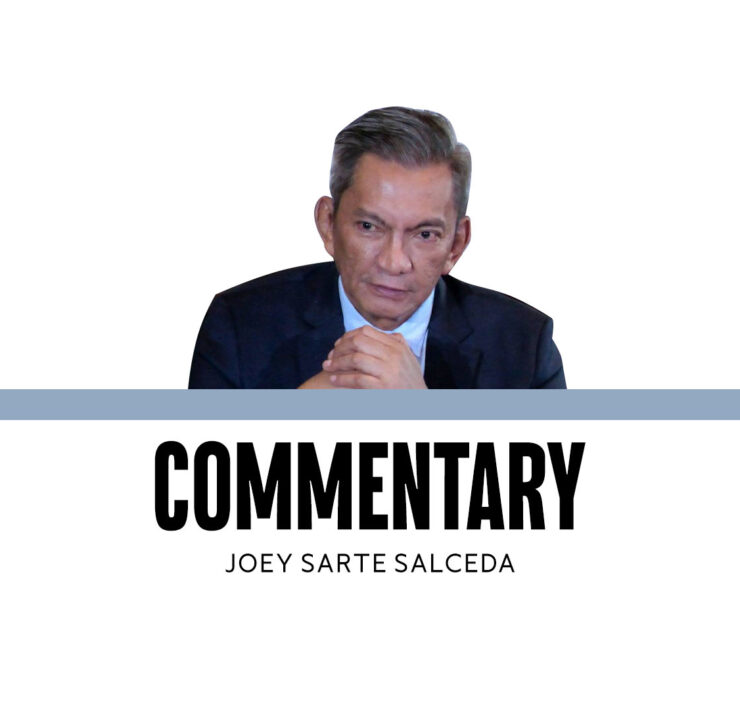
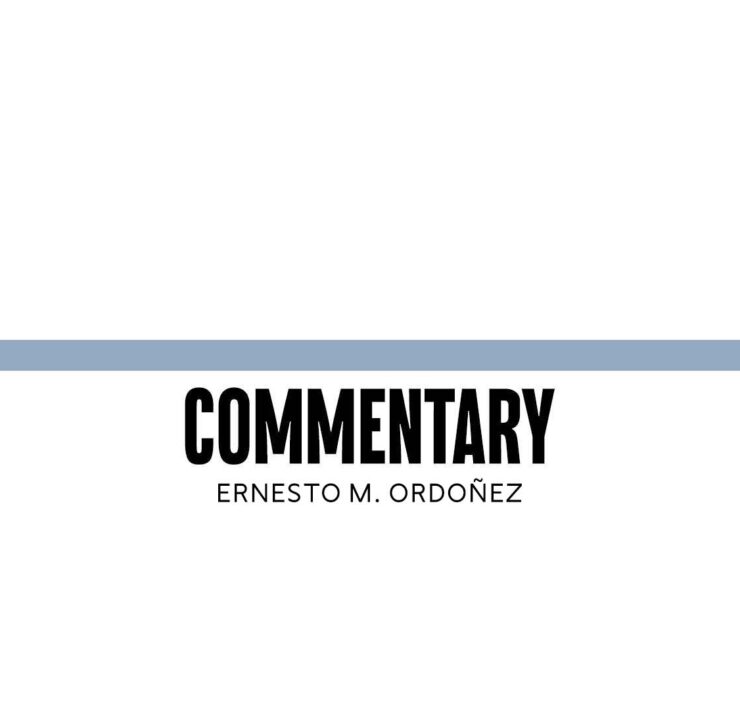


Listen, correct contradictions, and save our farmers